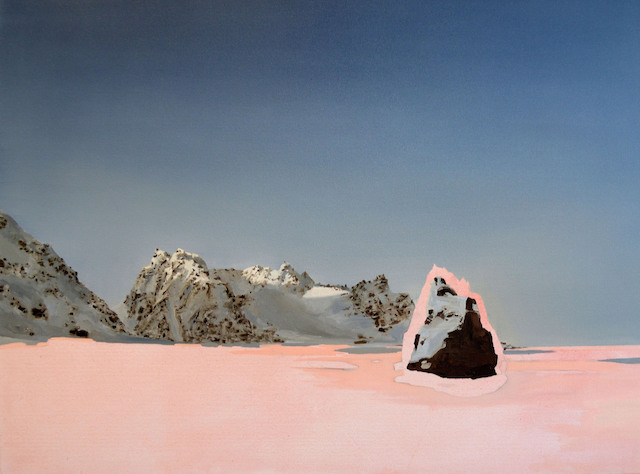Culture Shock: Presence And Absence In The Landscape
Local Painters Take On Climate Change In Diverse Works


“Fata Morgana” by Beau Carey
Beau Carey

Scott Greene & Beau Carey








